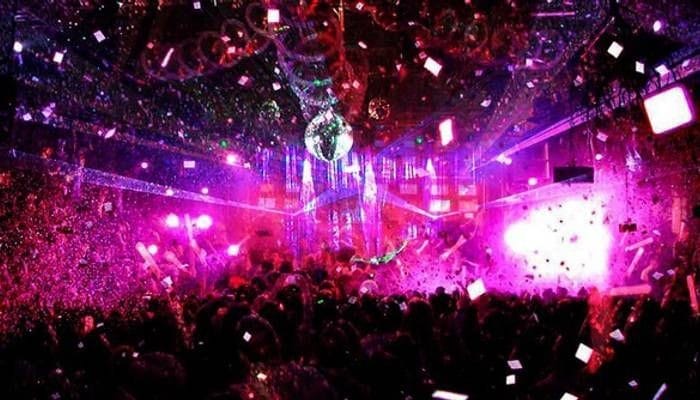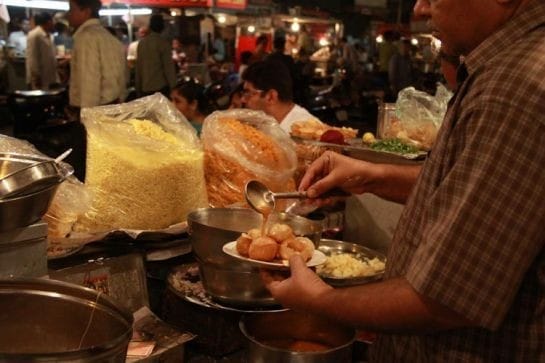India’s nightlife culture has evolved significantly in recent years with the emergence of various subcultures within the party scene. While the mainstream nightlife in India is often associated with glitzy clubs and bars, there is a whole underground culture that remains relatively unknown to the public eye. This underground culture is often associated with alternative music, art, and fashion that cater to a niche crowd.
The underground nightlife culture in India is an amalgamation of diverse art forms that have been influenced by different regions of the country. In cities like Mumbai, Delhi, and Bangalore, the underground scene is marked by small clubs, music festivals, and alternative performance spaces. These spaces are characterized by their non-commercialized approach to music and art, providing a platform for young and emerging artists to showcase their talents.
One of the most notable features of India’s underground nightlife scene is its emphasis on sub-genres of music that are often overlooked by the mainstream. From experimental electronic music to hip hop, metal, and punk, these sub-genres have given rise to a thriving underground music culture in India. In Delhi, for instance, there is a thriving underground hip hop scene that has emerged over the past few years, thanks to the efforts of local rappers and promoters. The underground hip hop culture in India has created a platform for young rappers to showcase their talents, and has helped create a unique voice that speaks to the concerns and aspirations of the youth.
Another important feature of India’s underground nightlife culture is its emphasis on fashion and art. The underground fashion scene in India has a unique style that is influenced by both traditional and modern fashion. In cities like Mumbai, there are underground fashion shows that showcase the works of young and emerging designers. Similarly, the underground art scene in India is marked by galleries and performance spaces that cater to a diverse range of artists.
The underground nightlife culture in India has also played an important role in providing a platform for marginalized communities. From the LGBTQ+ community to independent artists, the underground scene has given voice to people who may not have found a place in mainstream society. In Mumbai, for instance, there are underground queer parties that provide a safe space for the LGBTQ+ community to express themselves freely.
Despite the growing popularity of India’s underground nightlife scene, it remains largely hidden from public view. Due to the lack of proper infrastructure and regulations, many of these alternative spaces operate under the radar, making it difficult for them to reach a wider audience. Furthermore, the underground culture is often associated with drug use and other illegal activities, which has led to its demonization in mainstream media.
In conclusion, India’s underground nightlife culture is a vibrant and thriving ecosystem that caters to a diverse range of artists, musicians, and fashion designers. It offers a platform for young and emerging talents to showcase their works and create a unique voice that reflects the concerns and aspirations of the youth. Despite the challenges of operating in an unregulated space, the underground culture in India continues to thrive and play an important role in shaping the country’s creative landscape.










